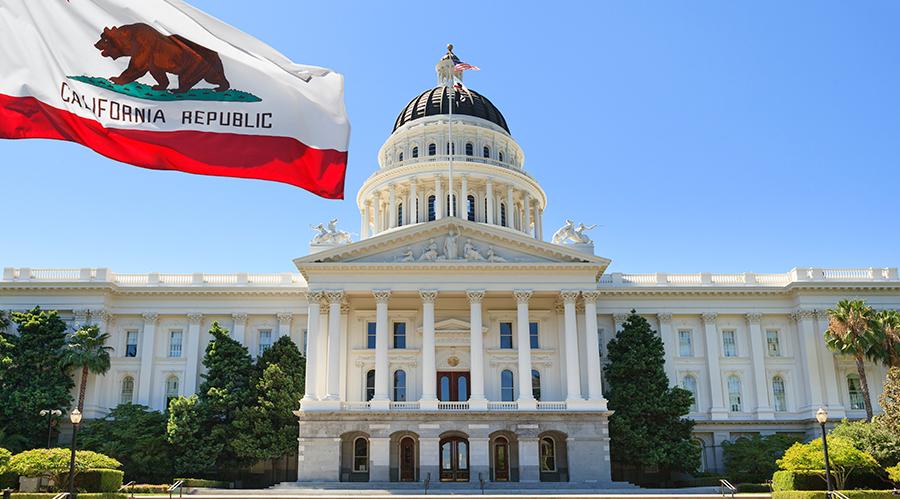
Aurora Energy Research shows AB 1260 would reduce peak demand, avoid expensive infrastructure, and unlock guaranteed savings for families.
SACRAMENTO, CA — A new grid impact study conducted by leading energy modeling firm Aurora Energy Research finds that scaling up community solar and storage in California wouldn’t just benefit participating customers—it would reduce system wide energy costs and deliver bill savings to all ratepayers, with no cost shift to people who don’t sign up.
The analysis modeled the deployment of 5.4 gigawatts of local, community-scale solar and storage across California over the next 20 years. The results show that this type of buildout would:
- Generate an estimated $6.5 billion in electricity system cost savings that extend beyond project subscribers, as all Californians share net savings through lower system-wide costs and increased grid resilience.
- Reduce electricity prices by $4.2 billion—bypassing transmission constraints and displacing gas generation;
- Reduce statewide capacity required for Resource Adequacy (RA)— community solar + storage means saving $4.6 billion on associated costs required for RA;
- Avoid $910 million in future infrastructure upgrades by using the existing distribution system;
- Lower bills by 10–20% for community solar subscribers, especially renters and low-income families;
- Reduce reliance on imported power by 13%; and
- Cut in-state gas generation by 2.5%.
“Community Solar represents a meaningful step in addressing the energy trilemma in California,” said George Prassas, Head of USA West at Aurora Energy Research. “Our analysis shows it can deliver lower costs, greater grid reliability and improved environmental outcomes for consumers statewide.”
The findings come as lawmakers prepare to vote on Assembly Bill (AB) 1260, authored by Assemblymember Chris Ward (D–San Diego). The bill would finally unlock community solar and storage at scale in California by directing the CPUC to create a program that delivers guaranteed bill savings—particularly for renters and low-income households that can’t install rooftop solar.
“This is about making clean energy affordable and accessible for everyone,” said Assemblymember Ward. “Nearly half of Californians are renters, and for too long, they’ve been shut out of the savings that come with solar. AB 1260 changes that. It will cut energy bills, strengthen our grid, and ensure all families—not just homeowners—can share in the benefits of California’s clean energy future.”
“This study proves that community solar provides real benefits to California households without raising costs for all ratepayers,” said Derek Chernow, Western Director for CCSA. “Community solar reduces congestion, displaces costly gas generation, and makes the entire system more efficient. Everyone benefits—including those who don’t subscribe.”
Community solar is already working in over 20 states, including New York, Minnesota, and Illinois. California lags behind due to a flawed CPUC program that has resulted in only a few small projects. AB 1260 course-corrects, and the Aurora study shows the upside is too big to ignore.
The Aurora Energy Research study was commissioned by the Coalition for Community Solar Access (CCSA).
###
About CCSA
CCSA is a national trade association representing over 125 community solar developers, businesses, and nonprofits. Together, we are building the electric grid of the future where every customer has the freedom to support the generation of clean, local solar energy to power their lives. Through legislative and regulatory advocacy, and the support of a diverse coalition — including advocates for competition, clean energy, ratepayers, landowners, farmers, and environmental justice — we enable policies that unlock the potential of distributed energy resources, starting with community solar. For more information, visit https://www.communitysolaraccess.org and follow the group on X (Twitter), LinkedIn, and Youtube.